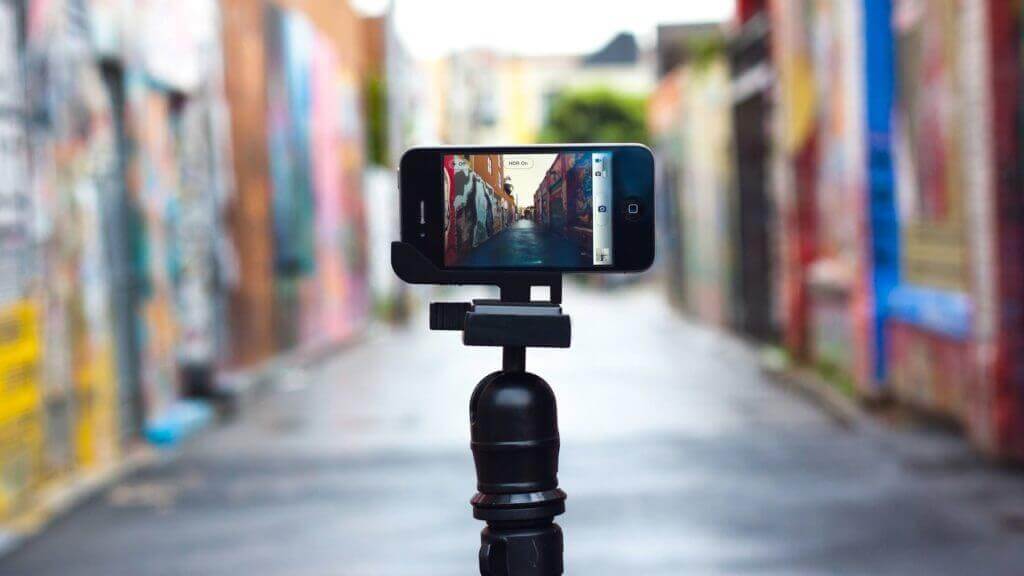
On the first post we explained 6 steps about turning visual content into a calling card of your property to sell more because we’re in a new era of visual culture.
NB: This is an article from YieldPlanet
On this second part, we’ll continue with 5 final steps:
7. Going beyond imagery with virtual reality
Hospitality customers usually require lots of information before they book a room. Property and room descriptions, customer reviews, images, and sometimes even videos – all of these need to be reviewed, in most cases, before making a final decision. Due to virtual reality, this can be significantly shortened.
Subscribe to our weekly newsletter and stay up to date
Nowadays many travel companies are providing virtual reality elements on websites or apps, such as a virtual walk-through. It allows users to experience a digital version of a hotel room, or even take a look at one of the nearby attractions. This immersion can enable hoteliers to offer a ‘try before you buy’ option for their guests to simplify the process of making a decision and eventually, reservation.
8. After-photoshoot tips
You did a great job! Now you have a lot of photos, start to select the best ones and get ready to have them done before publishing online. There are a lot of editing tools for laptops and smartphones that can easily polish your photos up. Using these tools, you can sharpen blurred images, make color corrections, play with the light, crop it, and much more. Remember to go easy on the filters and effects. Keep in mind that the final image should still look natural and accurate. Some of these tools are very affordable or even free, so you don’t have to spend an arm and a leg to get one. For example, Canva, Pixlr Express, PicMonkey, and GIMP can help you to apply some nice professional tricks to your photos in free plans.
9. Make sure your photos are high resolution
A grainy and blurred photo that makes the guest squint to see some details doesn’t help an image of your property. In fact, it may even damage it. Illuminate such photos from your portfolio and use only high-resolution images on your website, social media, and other platforms. Take into account that some of the social media reduces the quality of photos while uploading.
10. Encourage your guests to take photos & share
Make your guests become your photographers! Start with creating an Instagram or Facebook account and come up with an easy unique hashtag. Ask your hotel guests to take photos to share them on social media and tag your property name or use your hashtag. You can encourage guests to do so by offering nice benefits – discounts or free things (drinks, massages at SPA, desserts, etc). Repost or like every pic you have been tagged on to show your interest and gratitude to your guests. You can even use those photos on your website or other social media profiles and tag the photographer. Make sure that people from the photos you place on your website are ok with this.
11. Stick to OTAs and advices
OTA, or an online travel agency, is a marketplace that allows consumers to research and book travel products and services directly with the travel provider. With new tendencies continuously evolving, your multimedia content is crucial in generating engagement. To publish pictures that attract traffic, you need to follow the strict guidelines each OTA provides. Here are examples of some of the biggest players on the market and their regulations:

Expedia is an international travel platform with the purpose to bring the world within reach. On their website, Expedia claims that the right photos can encourage guests to stay at your hotel, making photography an essential part of the website. Expedia advises:
- To use room-specific views as they get up to 11% higher conversion rate
- To post horizontal photos, explaining that vertical photos are not recommended
- The photos to be above 1,000 pixels and show an eye-level view and a straight horizon line

Airbnb is an American online marketplace and has its own set of guidelines for uploading real estate-related photography. For example, Airbnb requires all the images:
- To be at least 1024 x 683 pixels and be taken in a landscape format
- To be taken in the daylight and have the light coming from the windows
Furthermore, photographers need to pay attention to the details, such as a painting hanging on the wall of the house or a tent in the forest, in order to emphasize the character and ambiance of the property.

Booking is a travel fare aggregator website headquartered in Amsterdam. At Booking, they recommend sharing at least 24 photos describing the place. The images also must have consistent quality and high resolution. There should be at least four photos of each hotel room reflecting a view of the room from multiple corners and unique room features and facilities.
However, the most important is to make sure the information you give customers on OTAs is up-to-date and concise. A hotel channel manager is an application that enables you to manage various distribution channels from a central point of control. Using one can help you to avoid situations where you need to access each OTA individually, one by one, in order to make adjustments to things like room rates or availability. This can help to facilitate a far more dynamic pricing strategy, where you can make adjustments to prices on a single OTA, or on all OTAs at the same time, depending on what you are trying to achieve.




